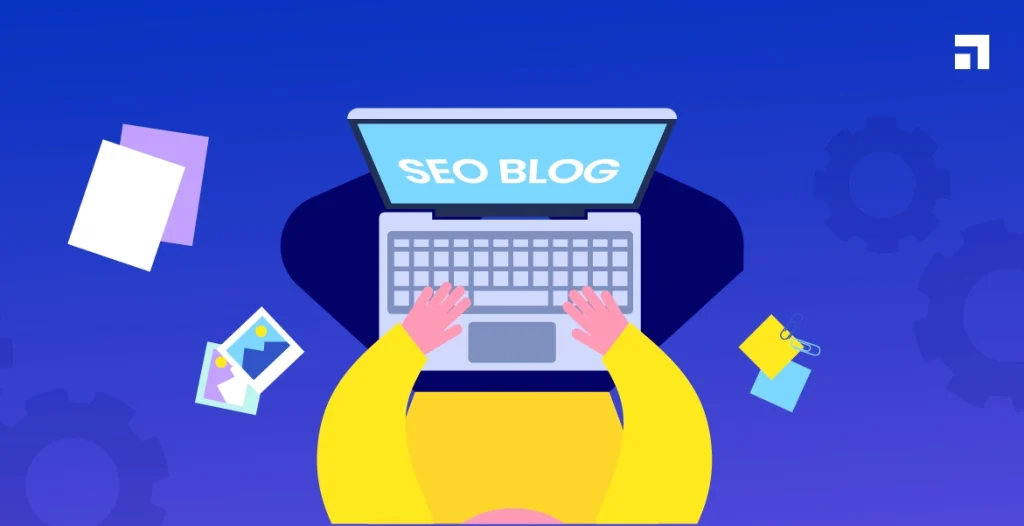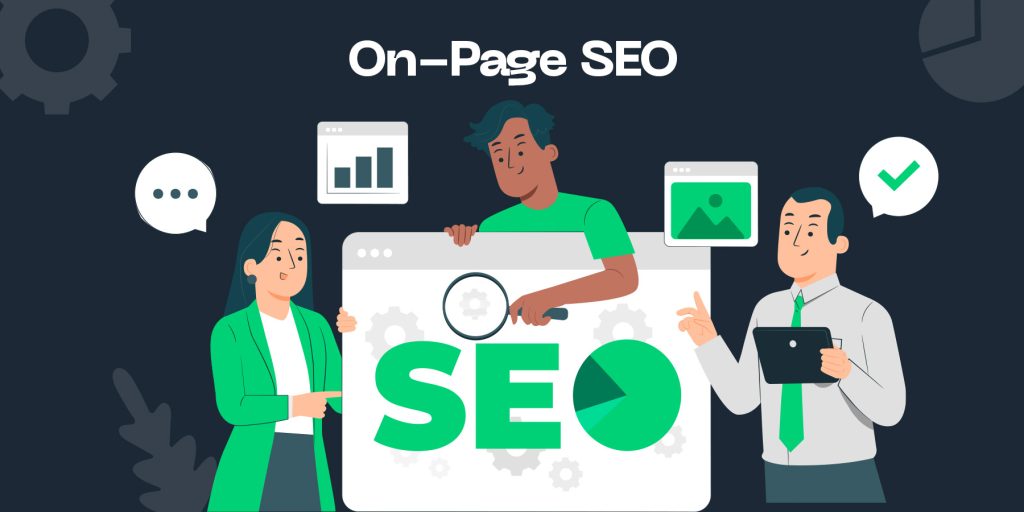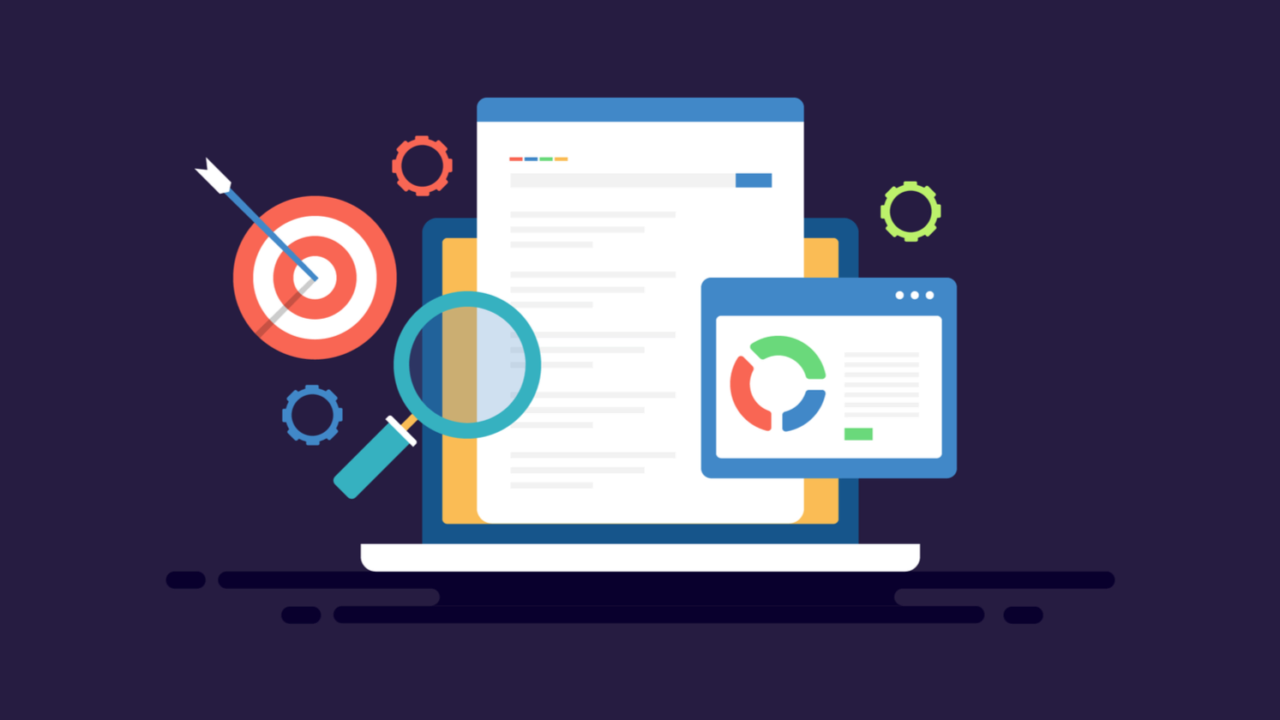In today’s digital world, blogging is more than just writing about your passions—it’s about being seen. With millions of blogs vying for attention, understanding the basics of SEO (Search Engine Optimization) is essential for any blogger who wants to grow their audience. SEO is the process of optimizing your blog so that it ranks higher in search engine results, making it easier for readers to find your content. Here’s a detailed guide to SEO basics every blogger should know.
Understanding SEO and Its Importance

SEO is all about making your blog content attractive to search engines like Google, Bing, and Yahoo. When done correctly, SEO helps your blog appear in the top results for relevant searches, increasing organic traffic. Organic traffic refers to visitors who find your blog through search engines rather than paid ads. For bloggers, this is crucial because it brings readers who are genuinely interested in your niche.
Without SEO, even the best content can go unnoticed. Many bloggers mistakenly focus only on writing quality content without considering whether their audience can actually find it. SEO bridges this gap by helping search engines understand your content and match it with what users are searching for.
Keyword Research: The Foundation of SEO
At the heart of SEO lies keyword research. Keywords are the terms and phrases people type into search engines when looking for information. Identifying the right keywords helps you create content that aligns with what your audience is searching for.
Start by using free tools like Google Keyword Planner, Ubersuggest, or AnswerThePublic to find keywords relevant to your blog niche. Focus on long-tail keywords—phrases that are more specific and usually less competitive, such as “easy vegan breakfast recipes” instead of just “breakfast recipes.” Integrating these keywords naturally into your blog posts can significantly improve your search engine rankings.
On-Page SEO: Optimizing Your Content

On-page SEO refers to the strategies you use within your blog content to make it search-engine friendly. Here are some essential on-page SEO tips:
- Title Tags and Headings: Use your main keyword in the title and subheadings (H1, H2, H3). A well-structured heading not only helps readers navigate your content but also helps search engines understand it.
- Meta Descriptions: This is the brief summary that appears under your blog link in search results. Include your primary keyword and make it engaging to encourage clicks.
- URL Structure: Keep URLs short, readable, and keyword-rich.
- Internal Linking: Link to other relevant posts on your blog to keep readers engaged and help search engines crawl your site.
- Image Optimization: Use descriptive file names and alt text for images. This improves accessibility and helps images appear in search results.
Technical SEO: Behind the Scenes
Technical SEO ensures that your blog functions smoothly for both users and search engines. Some key aspects include:
- Site Speed: A slow-loading blog can frustrate readers and negatively affect your ranking. Use tools like Google PageSpeed Insights to test and improve speed.
- Mobile-Friendliness: Many users access blogs via smartphones, so a responsive design is essential. Google favors mobile-friendly websites in search rankings.
- Sitemap and Robots.txt: These help search engines crawl your site more efficiently, ensuring all your important content gets indexed.
- SSL Certificate: A secure website (HTTPS) builds trust with readers and is favored by search engines.
Content Quality and User Experience
SEO isn’t just about keywords and technical fixes—it’s also about providing value. Search engines reward content that is original, informative, and engaging. High-quality content encourages readers to spend more time on your blog, share your posts, and return for more, all of which improve your rankings.
Additionally, ensure your blog is easy to navigate. Use clear menus, readable fonts, and sufficient spacing. A positive user experience keeps readers on your site longer, reducing bounce rates and signaling to search engines that your content is valuable.
Building Backlinks

Backlinks, or links from other websites to your blog, are a strong signal of credibility. The more reputable sites link to your content, the more trustworthy your blog appears to search engines. Focus on guest posting, collaborating with other bloggers, and creating shareable content to attract backlinks naturally.
Monitoring and Improving SEO
SEO is not a one-time task—it’s an ongoing process. Use tools like Google Analytics and Google Search Console to monitor your traffic, keyword performance, and user behavior. Regularly updating old posts, optimizing new content, and learning about SEO trends will help you maintain and improve your search rankings over time.
Conclusion
For bloggers, understanding SEO basics is crucial for growth and visibility. From keyword research and on-page optimization to technical SEO, content quality, and backlinks, every aspect contributes to your blog’s success. By implementing these strategies consistently, you can attract more readers, increase engagement, and achieve your blogging goals. Remember, SEO is a journey—not a quick fix—but with patience and persistence, it can transform your blog into a thriving online presence.
